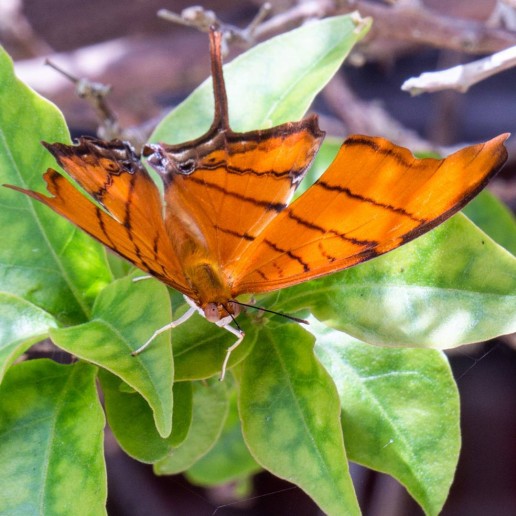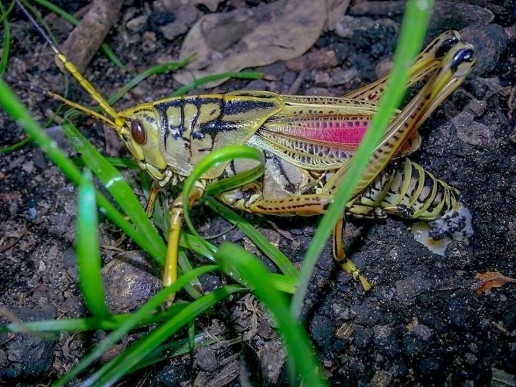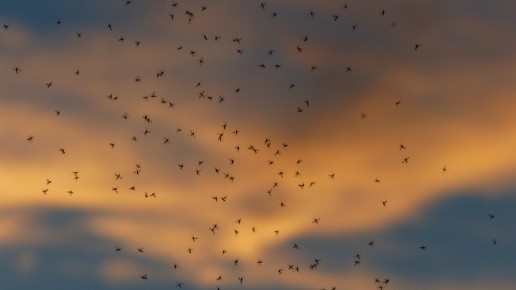Colorful and Creepy Crawly: Everglades Insects
They can crawl, fly and even swim. Some of them look strange, some of them beautiful, and there is a variety of Everglades insects you’ll see when you visit Mack’s Fish Camp in South Florida.
While there are large animals in the Everglades that are better known, like the American alligator and the manatee, we can’t overlook these little guys. Insects play a big role in the Everglades ecosystem, which stretches over many different habitats.
As a link in the Everglades food web, insects are not only a food source for fish, reptiles and amphibians. They also act as pest control for Everglades plants by eating other insects as well as helping with pollination.
Butterflies
There are nearly 100 different butterfly species in the Florida Everglades, a diversity as incredible as their many patterns and colors. Most butterflies are diurnal, so they’re easily spotted during the daytime. Butterflies are very mobile, choosing where they live based upon available resources.
Some species prefer specific types of host plants to rest in, like the ruddy daggerwing. It prefers strangler figs, wild banyan trees, and common figs or their host plants.

Whirligig Beetles
While you’re on an airboat ride at Mack’s Fish Camp, you might notice what looks like bubbles zipping around in circles on the water. They’re actually whirligig beetles, aquatic insects that dwell on water surfaces.
Whirligig beetles have divided eyes that can see above and under the water at the same time! If threatened, they can dive underwater and stay submerged because of a small air bubble they trap between themselves and the surface.

Lubber Grasshoppers
Proof that not all colorful Everglades insects move gracefully through the air, the lubber grasshopper is easy to spot. They sport bright greens and yellows with hints of red, and grow up to 3 inches in length. Lubber grasshoppers get around by jumping and walking, but they’re not very quick. So, you could easily snap a good picture of one should it cross your path.
You might think the lubber grasshopper is an easy target for predators, given its bright colors and slow movement. But, they are very toxic to eat and their vivid colors act as a warning to discourage anything from trying!
Mosquitoes
The most well-known, and infamous of Everglades insects is the mosquito. Despite being a pest to humans, they are arguably the most important insect in the Everglades food web.
By laying their eggs and dwelling near water, mosquitoes are a vital food source to fish, frogs, lizards, and other insects. They are most abundant during the wet season, but their numbers drop sharply in the cool, dry winter months.
They may not be the first sort of Everglades wildlife you hope to see when you visit the River of Grass. But, insects are as much a part of Everglades ecosystems as egrets and alligators. Even if creepy crawlies aren’t your thing, they can still be a pretty sight to behold!

